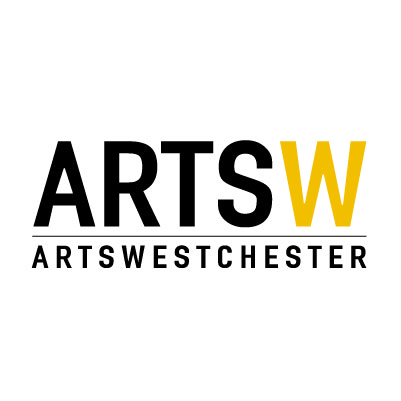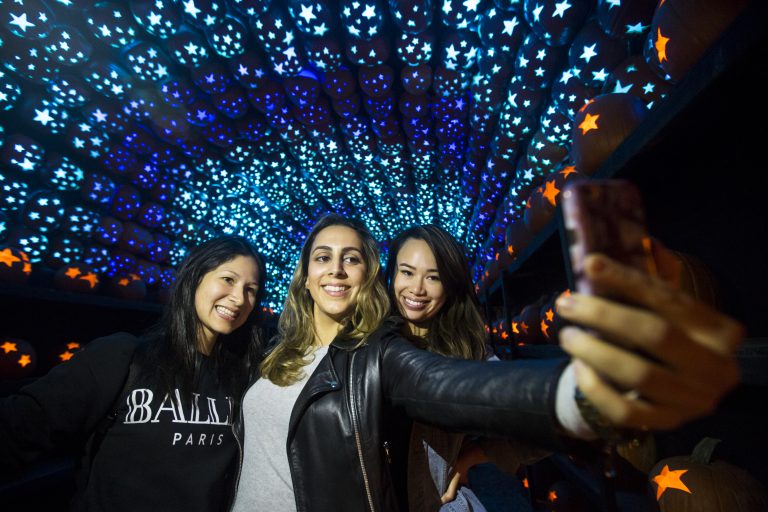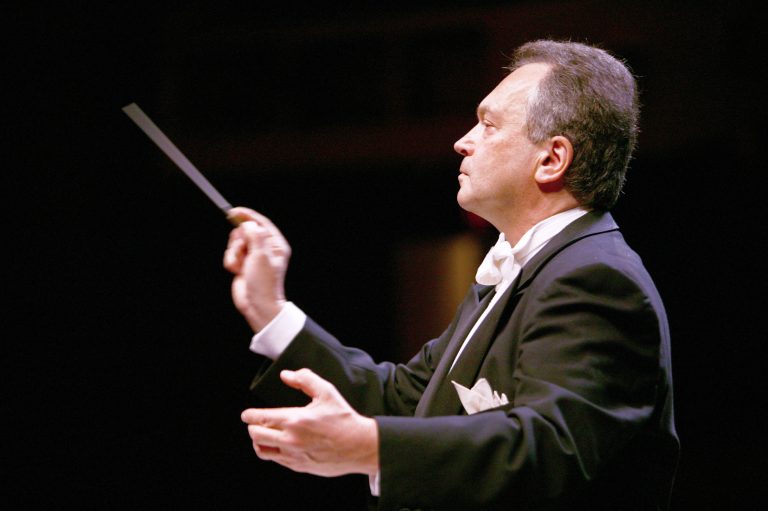Creative Culture | Fostering Stories Untold
In 2020, no female directors were nominated for Academy Awards. This is a common story in the film industry. In fact, only five women have ever been nominated for the Award in the history of the Oscars. However in the town of Pleasantville, female filmmakers are being embraced and supported.
Jacob Burns Film Center (JBFC)’s Creative Culture program for emerging filmmakers places priority on voices often unheard. Though unusual for the industry, the majority of fellows in the program’s four-year history identify as female; but, the door is open for anyone who has passion and a story to tell.
During their time with Creative Culture, every fellow produces two short film projects in a collaborative community. “Important narratives about underrepresented populations exist; they are just undertold,” says the program’s director, Sean Weiner.
JBFC is making a name for itself as a safe space for these stories. Weiner continues: “When awarding fellowships, we hope to engage with stories that we haven’t seen enough of. This resonates with us because we’re trying to champion those voices and infuse them into the film industry.”
The film world is beginning to take notice. Films produced through Creative Culture have won awards in the independent film circuit. Four of them have qualified for the Oscars, and two of them have premiered on the Criterion Channel. Former fellows have moved on to successful and notable careers – for instance, Crystal Kayiza, who was awarded $80K by Tribeca Chanel’s “Through Her Lens” program, which celebrates women’s artistic voices. The Sundance Film Festival even chose JBFC as its sole New York-area “satellite screen,” though this partnership will now play out virtually due to COVID-19.
Creative Culture, it seems, is setting the pace for the industry.
Each semester, eight fellows from across the country participate in Creative Culture: while four filmmakers move on from the program, four new fellows begin and yet another four continue onto their second and final semester. This creates an environment in which there are always four “greener” fellows and four “established” fellows working together. They are all provided with production space, equipment, mentorship, networking opportunities and a community of peers.
According to Weiner, the nature of the rotating positions allows participants to “influence each other in positive ways – to humble, to boost confidence, to help evaluate one another.” He explains: “We want to take away the ego and instead cultivate community…and then we want to keep mentoring and supporting our fellows through the trajectory of their careers.”
Says former fellow Emily Ann Hoffman: “They never kick you out of the program. I’ve continued to receive so much support from JBFC.” Lucy Adams echoes Hoffman’s sentiments, saying that 90 percent of the work she has done since Creative Culture has been a result of the program’s community. This includes being able to use JBFC’s equipment, getting Weiner’s feedback, and working with other fellows.
Like many artistic programs, Creative Culture was forced to pause earlier this year due to the pandemic, but Weiner says that JBFC is committed to restarting the fellowship program this April. “We will pick up with the exact cohort of fellows who had their experience interrupted last March…Things will be a bit different in order to create a safe experience…but we feel strongly about following through, and completing our support of these filmmakers and their projects.”
In addition, applications will open in April for filmmakers hoping to enter the program in September, when Creative Culture will continue to foster the storytellers of tomorrow, whoever they may be.
A version of this article first appeared in the February issue of ArtsNews, ArtsWestchester’s monthly publication. ArtsNewsis distributed throughout Westchester County. A digital copy is also available at artsw.org/artsnews.

About ArtsWestchester
For more than 50 years, ArtsWestchester has been the community’s connection to the arts. Founded in 1965, it is the largest private not-for-profit arts council in New York State. Its mission is to create an equitable, inclusive, vibrant and sustainable Westchester County in which the arts are integral to and integrated into every facet of life. ArtsWestchester provides programs and services that enrich the lives of everyone in Westchester County. ArtsWestchester helps fund concerts, exhibitions and plays through grants; brings artists into schools and community centers; advocates for the arts; and builds audiences through diverse marketing initiatives. In 1998, ArtsWestchester purchased the nine-story neo-classical bank building at 31 Mamaroneck Avenue which has since been transformed into a multi-use resource for artists, cultural organizations and the community. A two-story gallery is located on the first floor of ArtsWestchester’s historic building on Mamaroneck Avenue. artsw.org







